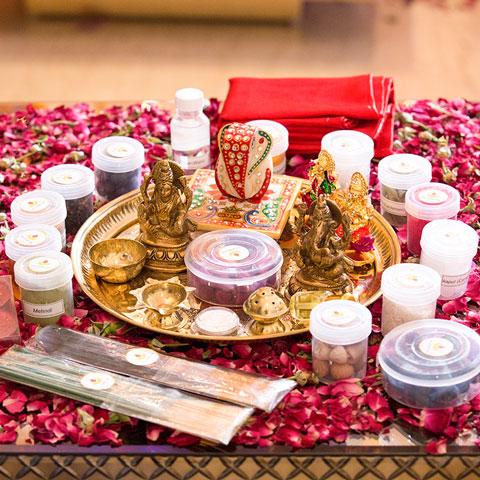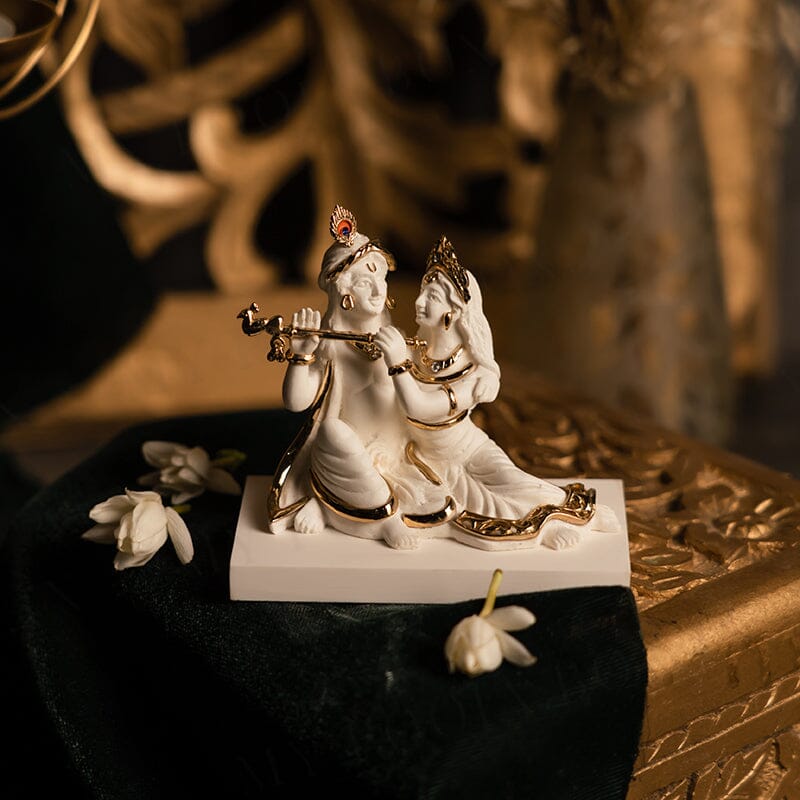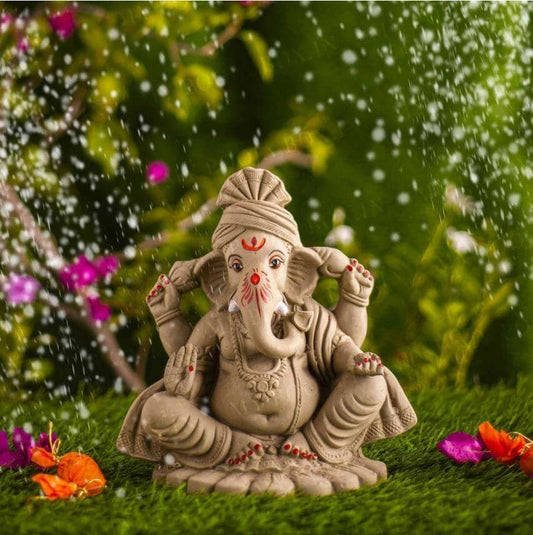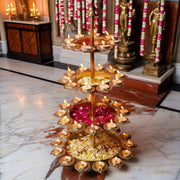Hindu religion is a potpourri of traditions. Every day in Hindu calendar is important. Ekadashi is as such date that comes every month and holds greater significance.
Don’t know what is Ekadashi? Don’t worry, we are going to help you understand this vrat, its procedure, rules and benefits.
Ekadashi (Eleventh Day) Fast

In Sanskrit, ‘ekadasi’ stands for ‘eleven’. As per Hindu calendar, it is the 11th lunar day of Shukla Paksha and Krishna Paksha.
In both Hinduism and Jainism, it’s a day for spiritual observance. Devotees observe it by keeping a partial, complete or Nirjala (without water) fast.
It’s dedicated to Lord Vishnu. This fasting spans for about three days. The day before the vrat, devotees consume a single meal in the noon. “Why single meal?”, you may ask. Well, this is because the vrat procedure ensures no residual food is left in the stomach on the day of fasting.
Yes, Ekadashi vrat follows strict rules. People break the fast the next day after sunrise. Do not eat cereals and grains as it’s prohibited, however, that doesn’t mean you should starve yourself.
Food to be Consumed during Ekadashi Vrat

It depends upon the devotion of the devotee how he or she wants to observe the fast. They can observe the vrat with partial meals like fruits or vegetables or go nirjala (without even a drop of water). Whichever way they want to go should be decided in advance.
Ekdashi Vrat Rules:

Follow these rules to make your vrat successful and gain maximum benefits.
- Avoid consuming peas, grains, or any type of cereals.
- Take milk, fruits, dry fruits, roots and vegetables.
- Do not pluck tulsi leaves as it is said that Lord Vishnu is offered tulsi on Ekadashi and Dwadashi. It is forbidden in Hindu scriptures.
- Listen to, chant and recite Lord Vishnu mantras and hymns as it gains you His divine blessings.
- Start Ekadashi Vrat by performing pooja of Lord Vishnu at home.
- Offer tulsi leaves, fruits, incense, dhoop and flowers to the idol of Lord Vishnu to appease Him. Visit a nearby temple as well.
- Chant “Om Namo Bhagavate Vasudevaya" mantra during the fast.
- The next day, which is usually called ‘Paran’, take a bath early in the morning and adulate Lord Vishnu. Break the fast after sunrise.
Significance of Ekadasi Fast

Not from spiritually but Ekadasi vrat is significant from scientific point of view too. Astrologically, the moon moves around the Earth at a pace of 12 degrees/24 hrs. This phase of 12-degrees travel is called ‘tithi’ in Hindi. When the moon is 180-degrees away from the Sun, it makes a full moon day. And, when it combines with the Sun, it creates new moon day.
The gravitational and magnetic pull of sea tide is said to have a great impact on human minds during this phase. On every eleventh day, moon forms trio with earth and sun. Atmospheric pressure stays at the lowest point on eleventh (Ekadashi) day. Hence, it’s the most favourable phase to observe a fast and cleanse the body. Post eleventh day, our body gets into the atmospheric pressure heavily and causes maximum imbalance to our digestive system.
That’s why fasting observed on Ekadashi is said to have a positive effect on our body.
Ekadashi 2019 List with Date

Ekadashi 2020 List with Date

Now, perform Ekadashi vrat with full devotion and gain maximum benefits. Follow the said rules and procedures to make your Ekadashi vrat a success and appease Lord Vishnu.










































1 comment
sir how is it 19/20th march and 3rd / 4th may so if one has to observe one has to fast for both or 1 day